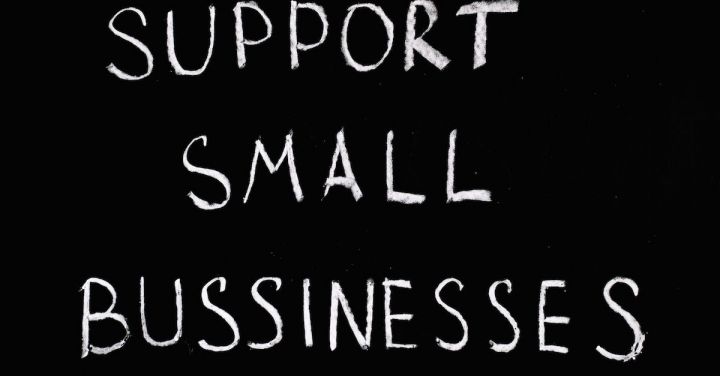Can Businesses Thrive with a Triple Bottom Line?
In today’s rapidly changing business landscape, companies are increasingly embracing the concept of the triple bottom line. The triple bottom line is a framework that goes beyond the traditional focus on profit and considers the social and environmental impacts of business activities. But can businesses truly thrive by adopting this approach? Let’s explore the potential benefits and challenges of implementing a triple bottom line strategy.
Creating Shared Value: The Key to Success
One of the main advantages of adopting a triple bottom line approach is the potential to create shared value. By considering the social and environmental impacts of their operations, businesses can align their goals with those of their stakeholders and society at large. This can lead to increased customer loyalty, improved brand reputation, and enhanced employee engagement. Companies that prioritize the well-being of their employees, invest in sustainable practices, and contribute to their communities often see long-term success and growth.
Enhancing Innovation and Adaptability
Another benefit of the triple bottom line approach is the potential for greater innovation and adaptability. By integrating sustainability into their business models, companies are forced to think creatively and find new solutions to complex challenges. This can lead to the development of innovative products and services that meet the changing needs and preferences of customers. Additionally, businesses that embrace sustainability are more likely to anticipate and adapt to future regulatory changes and market trends, giving them a competitive advantage in the long run.
Improving Risk Management
The triple bottom line approach also helps businesses to better manage risks. By considering the social and environmental aspects of their operations, companies can identify and mitigate potential risks before they escalate into costly crises. For example, a company that invests in renewable energy sources is less vulnerable to price fluctuations in fossil fuels and future carbon taxes. Similarly, businesses that prioritize the well-being and safety of their employees are less likely to face costly lawsuits and reputational damage.
Challenges and Limitations
While the triple bottom line approach offers numerous benefits, it also comes with its own set of challenges and limitations. One of the primary concerns is the potential conflict between social and environmental objectives and financial performance. Critics argue that prioritizing social and environmental goals may result in reduced profitability and shareholder value. However, research suggests that companies that adopt a long-term perspective and strategically invest in sustainability often outperform their peers in the long run.
Another challenge is the lack of standardized metrics for measuring and reporting social and environmental impacts. While financial performance can be easily quantified, evaluating social and environmental outcomes is more complex. Companies need to develop robust measurement tools and reporting frameworks to effectively communicate their triple bottom line performance to stakeholders.
Making the Transition
Transitioning to a triple bottom line approach requires a shift in mindset and organizational culture. Business leaders need to champion the importance of sustainability and embed it into the company’s values and decision-making processes. This may involve investing in employee training, establishing cross-functional teams, and fostering a culture of innovation and collaboration.
In conclusion, businesses can thrive with a triple bottom line approach by creating shared value, enhancing innovation and adaptability, and improving risk management. While there are challenges and limitations to overcome, the potential benefits of adopting a triple bottom line strategy far outweigh the costs. By aligning their goals with those of their stakeholders and society, businesses can not only drive financial success but also make a positive impact on the world around them. It’s time for companies to embrace the triple bottom line and lead the way towards a more sustainable future.






